Home>Articles>How To Get Rid Of Suds In Front-Loading Washer


Articles
How To Get Rid Of Suds In Front-Loading Washer
Modified: October 20, 2024
Discover effective methods and tips to eliminate excessive suds in your front-loading washer with our insightful and practical articles.
(Many of the links in this article redirect to a specific reviewed product. Your purchase of these products through affiliate links helps to generate commission for Storables.com, at no extra cost. Learn more)
Introduction
Front-loading washers have become increasingly popular due to their energy efficiency and superior cleaning performance. However, one common issue that can arise with these machines is the buildup of suds during a wash cycle. Excessive suds can not only impede the cleaning process but also cause damage to the washer if left unaddressed. If you’re dealing with this sudsy situation, don’t worry – we’ve got you covered!
In this article, we’ll guide you through the process of getting rid of suds in a front-loading washer effectively. We’ll explore the causes of suds, provide step-by-step instructions on how to eliminate them, and offer some preventative measures to avoid future occurrences.
By following our tips and suggestions, you’ll be able to maintain a clean and efficient front-loading washer, ensuring that your laundry comes out fresh and spotless every time.
Key Takeaways:
- Say goodbye to sudsy troubles in your front-loading washer by adjusting detergent usage, using vinegar or baking soda, and switching to high-efficiency detergents for spotless laundry every time.
- Don’t let suds ruin your laundry day! Stop the cycle, soak up excess suds, rinse the drum and door seal, and run a dedicated rinse cycle to keep your front-loading washer suds-free and efficient.
Read more: How To Get Rid Of Soap Suds In Dishwasher
Understanding the Cause of Suds in Front-Loading Washers
Suds in a front-loading washer can be frustrating and can prevent your laundry from getting properly cleaned. To effectively address this issue, it’s important to understand what causes suds to form in the first place.
One of the main reasons for sudsy buildup is the use of too much detergent. Front-loading washers require less detergent compared to top-loading washers due to their design and water usage. Using more detergent than recommended can lead to excess suds that are difficult to rinse out during the wash cycle.
Additionally, using the wrong type of detergent can also contribute to sudsy buildup. Traditional detergents are not designed for front-loading washers and can create excessive suds. It’s crucial to use high-efficiency (HE) detergents specifically formulated for front-loading machines. These detergents are low-sudsing and designed to be used in high-efficiency washers.
Another factor that can contribute to excessive suds is washing items that are already heavily soiled or stained. Dirt, grime, and residue on clothes can react with the detergent, creating more suds than necessary. Pre-treating heavily soiled items, such as using stain removers or soaking, can help minimize the amount of detergent needed and reduce the chances of excessive suds formation.
Finally, hard water can also play a role in sudsy buildup. The minerals present in hard water can react with detergent, resulting in more suds. If you have hard water, consider using a water softener or adding vinegar to your wash cycle to help mitigate the effects.
By identifying the causes of suds in front-loading washers, you can take the necessary steps to prevent excess suds and ensure a smooth and efficient laundry experience.
Steps to Getting Rid of Suds in Front-Loading Washer
Dealing with sudsy buildup in your front-loading washer? Don’t worry, here are some simple steps to help you get rid of those suds and restore your washer’s cleaning efficiency:
- Stop the Cycle: If you notice excessive suds during a wash cycle, the first step is to stop the cycle. This will prevent further agitation and allow you to address the sudsy situation.
- Open the Washer and Soak Up Excess Suds: Carefully open the washer door and use a towel or sponge to soak up any visible excess suds. Be cautious when handling the door seal to avoid damaging it.
- Rinse the Drum and Door Seal: After removing the excess suds, take a moment to rinse the drum and door seal with warm water. Wipe away any remaining residue to eliminate any potential sources of future suds.
- Run a Rinse Cycle: Once the drum and door seal are clean, run a rinse cycle without adding any detergent or clothes. This will help to thoroughly rinse out any remaining suds from the washer.
- Use Vinegar or Baking Soda: To aid in removing excess suds, you can add either vinegar or baking soda to the rinse cycle. Vinegar acts as a natural surfactant, breaking down the suds, while baking soda helps to neutralize any remaining detergent. Follow the manufacturer’s instructions for the appropriate amount to use.
- Clean the Detergent Dispenser: Over time, detergent and fabric softener residue can accumulate in the detergent dispenser, contributing to suds formation. Remove the dispenser and clean it thoroughly with warm water and a brush. This will ensure proper detergent dispensing and reduce the likelihood of future suds issues.
- Adjust Detergent Usage: Review your detergent usage. It’s crucial to follow the manufacturer’s guidelines and use the appropriate amount for your load size. Using too much detergent can result in excessive suds, so it’s essential to measure correctly.
- Switch to High-Efficiency (HE) Detergent: If you’re still experiencing suds even after adjusting your detergent usage, consider switching to a high-efficiency (HE) detergent specifically formulated for front-loading washers. HE detergents are designed to produce fewer suds, promoting better cleaning and rinsing performance.
- Check for Other Issues: If the above steps do not eliminate the suds problem, there may be other underlying issues with your washer. Check for clogged drains, inspect the pump filter for blockages, and ensure that the washer is level to avoid excessive suds formation.
By following these steps and taking preventative measures, you can effectively get rid of suds in your front-loading washer and maintain its optimal performance for clean and fresh laundry every time.
Stop the Cycle
When you notice excessive suds in your front-loading washer, the first step is to stop the cycle. Continuing the cycle can exacerbate the sudsy situation and potentially lead to washer malfunction or damage.
Stopping the cycle allows you to address the issue promptly and prevent further agitation that can create more suds. Here’s how to effectively stop the cycle:
- Press the “Pause” or “Cancel” button on your washer’s control panel. This will immediately pause the cycle and stop any further agitation.
- If your washer does not have a dedicated pause button, you can try pressing the “Power” button to turn off the washer. However, keep in mind that this method may vary depending on your specific washer model, so consult the user manual for instructions.
Once you have successfully stopped the cycle, move on to the next steps to address the sudsy buildup in your front-loading washer.
Note: If your washer does not immediately stop when you press the pause or cancel button, it may indicate a more serious issue. In such cases, it’s advisable to contact a professional appliance repair service to assess and resolve the problem.
Open the Washer and Soak Up Excess Suds
After stopping the cycle, the next step in getting rid of suds in your front-loading washer is to open the washer and remove any excess suds. This will help prevent further spreading of the suds and make it easier to clean the interior of the washer. Follow these steps to effectively soak up the excess suds:
- Ensure the washer is powered off and unplugged to avoid electrical hazards.
- Gently open the washer door. Be cautious as residual suds may still be present and can spill out.
- Prepare a clean towel or sponge that is absorbent enough to soak up the excess suds. Keep additional towels nearby as you may need them for larger amounts of suds.
- Place the towel or sponge at the bottom of the drum and soak up the excess suds. Be thorough in absorbing as much of the suds as possible.
- For any suds that may have spilled onto the door seal or other surfaces, use the towel or sponge to wipe them away.
- Dispose of the saturated towel or rinse out the sponge to remove the collected suds.
By taking the time to open the washer and soak up the excess suds, you are minimizing the chances of the suds spreading further and potentially causing damage to your washer or laundry. This step sets the foundation for effectively tackling the sudsy buildup in your front-loading washer.
Read more: How To Get Rid Of Bugs On Front Porch
Rinse the Drum and Door Seal
Once you have soaked up the excess suds from your front-loading washer, the next step is to rinse the drum and door seal. This will help remove any remaining residue and suds that may be clinging to these surfaces. Follow these steps to thoroughly rinse the drum and door seal:
- Ensure the washer is still powered off and unplugged for safety.
- Fill a container or bucket with warm water.
- Dampen a clean cloth or sponge in the warm water.
- Gently wipe down the inside of the drum, paying close attention to areas where suds may have accumulated.
- Next, focus on the door seal, which can often be a haven for suds and residue.
- Inspect the door seal for any visible suds or debris. Use the damp cloth or sponge to wipe away any residue, making sure to reach into the folds and crevices of the seal.
- If there are stubborn suds or residue, you can mix a solution of equal parts water and vinegar or water and mild detergent. Lightly dampen the cloth or sponge in the solution and use it to clean the affected areas.
- Ensure that all remnants of suds and residue are completely wiped away from both the drum and the door seal.
Rinsing the drum and door seal is essential in removing any traces of suds that may have been missed during the previous steps. This thorough cleaning ensures that your washer is ready for the next cycle and helps prevent future sudsy buildup.
Run a Rinse Cycle
After addressing the excess suds and cleaning the drum and door seal of your front-loading washer, it’s time to run a dedicated rinse cycle. This step is crucial for thoroughly rinsing away any remaining suds and residue, ensuring the washer is ready for the next load of laundry. Follow these steps to run a rinse cycle:
- Ensure the washer is still powered off and unplugged.
- Close the washer door tightly.
- Select the rinse cycle option on your washer’s control panel. Consult the user manual or look for the appropriate cycle setting for rinsing.
- Set the water temperature to cool or cold to prevent suds from forming.
- Adjust the water level based on the manufacturer’s recommendations or your load size.
- Start the rinse cycle and allow the washer to complete the entire cycle.
- Ensure that there are no additional detergent or fabric softener added during this rinse cycle.
- Once the rinse cycle is complete, open the washer door and visually inspect the drum and door seal to confirm that there are no remaining suds or residue.
Running a dedicated rinse cycle is vital in thoroughly removing any lingering suds that may be trapped in the washer. This step completes the cleaning process and ensures that your front-loading washer is free from suds, ready for the next laundry load.
To get rid of suds in a front-loading washer, add a half cup of white vinegar to the rinse cycle. This will help break down the suds and prevent them from building up.
Use Vinegar or Baking Soda
If you’re still dealing with stubborn suds in your front-loading washer, you can use the power of natural ingredients like vinegar or baking soda to help break down and eliminate the suds. These household staples can be effective in reducing the presence of suds and restoring the washer’s cleanliness. Follow these steps to utilize vinegar or baking soda:
- Ensure the washer is powered off and unplugged for safety.
- For vinegar: Add 1 cup of distilled white vinegar to the washer drum.
- For baking soda: Sprinkle 1/2 cup of baking soda directly into the drum.
- Close the washer door tightly.
- Select a cycle that allows for a longer wash time, such as a normal or heavy-duty cycle.
- Set the water temperature to warm or hot, depending on the manufacturer’s recommendations.
- Start the cycle and allow the vinegar or baking soda to mix with the water and suds.
- Let the washer complete the entire cycle.
- Once the cycle is done, inspect the drum and door seal for any remaining suds or residue. Repeat the vinegar or baking soda treatment if necessary.
Vinegar and baking soda possess natural cleaning properties and can help break down the suds, allowing for easier rinsing and elimination. Incorporating these ingredients into your wash cycle can be an effective strategy for tackling persistent suds in your front-loading washer.
Clean the Detergent Dispenser
Over time, detergent and fabric softener residue can accumulate in the detergent dispenser of your front-loading washer. This buildup can contribute to sudsy formation and hinder the proper functioning of the dispenser. Cleaning the detergent dispenser periodically is essential for maintaining a clean and efficient washer. Follow these steps to clean the detergent dispenser:
- Ensure the washer is powered off and unplugged to avoid any accidents.
- Remove the detergent dispenser from the washer. Refer to your washer’s user manual for specific instructions as the removal method may vary depending on the model.
- Disassemble the detergent dispenser into its individual parts. This may include a main compartment, a fabric softener dispenser, and a bleach dispenser, depending on your washer’s design.
- Rinse each component with warm water to remove any visible residue and suds. Use a brush or sponge to gently scrub away any stubborn buildup.
- If the residue is particularly stubborn, soak the components in a mixture of warm water and mild detergent or vinegar. Allow them to soak for a few minutes before scrubbing again.
- Thoroughly rinse the detergent dispenser parts to ensure they are free from any soap or cleaning agent.
- Inspect the detergent dispenser housing in the washer for any residue or debris. Use a damp cloth or brush to clean the interior of the dispenser housing.
- Once all the components are clean and dry, reassemble the detergent dispenser and insert it back into the washer, ensuring it is securely in place.
Cleaning the detergent dispenser regularly will help prevent any residue or buildup that can contribute to suds formation in your front-loading washer. A clean detergent dispenser ensures that the detergent and fabric softener are properly dispensed, allowing for efficient cleaning of your laundry without excess suds.
Read more: How To Get Rid Of Flies On Porch
Adjust Detergent Usage
Using the right amount of detergent is crucial when it comes to preventing excessive suds in your front-loading washer. Adjusting your detergent usage can help you avoid sudsy buildup and ensure optimal cleaning performance. Here are some tips to help you properly measure and adjust your detergent usage:
- Refer to the manufacturer’s guidelines: Each detergent brand and product may have different recommended usage guidelines. Look for the instructions on the detergent packaging and follow them carefully.
- Measure the correct amount: Use a measuring cup or the measuring lines on the detergent cap to ensure you are using the correct amount of detergent. Do not guess or estimate, as using more detergent than necessary can result in excess suds.
- Consider load size: Adjust your detergent usage based on the size of your laundry load. Smaller loads require less detergent, while larger loads may need a slightly higher amount. Always refer to the detergent instructions for proper dosage recommendations based on load size.
- Pre-treat heavily soiled items: If you have heavily soiled or stained items, consider pre-treating them before adding them to the washer. This can help reduce the amount of detergent needed, minimizing the chances of suds formation.
- Use detergents with measuring caps: Opt for detergents that come with a measuring cap or dispenser. These provide pre-measured amounts, making it easier to use the right quantity without any guesswork.
- Assess water hardness: If you have hard water, which contains high mineral content, you may need to adjust your detergent usage. Hard water can require slightly more detergent to achieve optimal cleaning results. Be mindful of the water hardness in your area and adjust accordingly.
By properly measuring and adjusting your detergent usage, you can minimize the chances of excessive suds in your front-loading washer. Following the recommended guidelines and considering factors such as load size and water hardness will help you achieve optimal cleaning performance while maintaining a suds-free laundry experience.
Switch to High-Efficiency (HE) Detergent
If you’re still struggling with persistent suds in your front-loading washer, it may be time to switch to a high-efficiency (HE) detergent. These detergents are specifically formulated for use in high-efficiency washers and can help prevent excessive suds formation. Here’s why making the switch to HE detergent is important:
- Low-suds formula: HE detergents are designed to produce minimal suds compared to traditional detergents. This is because front-loading washers use less water, and excessive suds can impede the cleaning process and leave behind residue.
- Better rinsing performance: Due to their low-suds formulation, HE detergents rinse more effectively, ensuring that all traces of detergent are removed from your laundry. This helps prevent residue buildup and leaves your clothes feeling fresh and clean.
- Proper dispenser compatibility: Front-loading washers have specific detergent dispenser designs that require low-suds detergents to function properly. HE detergents are formulated to work seamlessly with these dispenser systems, ensuring proper dispensing and preventing clogs or blockages.
- Environmentally friendly: HE detergents are more environmentally friendly, as they require less water for rinsing and are often concentrated, meaning you use less detergent per load. This reduces waste and energy consumption, making them a greener choice.
- Wide availability: HE detergents are readily available in most supermarkets and stores, making it easy to find a suitable option for your laundry needs. Look for detergents labeled specifically for front-loading or HE washers.
When switching to HE detergent, carefully read and follow the manufacturer’s instructions to determine the recommended dosage for your laundry load. Using the correct amount of detergent will help optimize cleaning performance while minimizing the formation of unwanted suds in your front-loading washer.
By making the switch to high-efficiency detergent, you can effectively address sudsy buildup and ensure a more efficient and reliable laundry experience in your front-loading washer.
Check for Other Issues
If you’ve followed the previous steps and are still experiencing persistent suds in your front-loading washer, it’s important to check for any other potential issues that may be contributing to the problem. Here are some areas to investigate:
- Check for clogged drains: A clogged drain can cause water to back up in the washer, resulting in suds formation. Inspect the drain hose for any obstructions, such as lint or debris. Clean out any blockages and ensure that the drain hose is securely connected and draining properly.
- Inspect the pump filter: The pump filter can become clogged with lint, debris, or other foreign objects, which can impede the drainage process and potentially lead to suds formation. Refer to your washer’s user manual for instructions on how to locate and clean the pump filter.
- Ensure the washer is level: An unbalanced or tilted washer can contribute to suds formation. Use a level tool to check if your washer is properly leveled. If it’s not, adjust the washer’s feet to achieve a level position.
- Verify correct detergent type: Double-check that you are using the correct type of detergent for your front-loading washer. High-efficiency (HE) detergents are specifically designed for these washers and help minimize suds. Using the wrong type of detergent can lead to excessive suds formation.
- Consider water hardness: If you have hard water, the mineral content can react with detergents, causing suds. Install a water softener or consider using a water softening product or additive to reduce the hardness level and minimize the occurrence of suds.
- Seek professional assistance: If none of the above steps resolve the issue, it may be time to contact a professional appliance repair service. They can inspect your washer for any underlying mechanical or technical problems that may be causing persistent suds.
By checking for other potential issues and taking appropriate action, you can address any underlying problems that may be contributing to the sudsy buildup in your front-loading washer. This ensures optimal performance and reliable laundry results.
Conclusion
Suds in a front-loading washer can be frustrating and prevent your laundry from getting properly cleaned. However, with the right knowledge and steps, you can effectively get rid of suds and maintain a clean and efficient washer. Here’s a recap of the key points to remember:
Understanding the causes of suds in front-loading washers, such as using too much detergent or the wrong type of detergent, is crucial in preventing their formation. Adjusting your detergent usage, pre-treating heavily soiled items, and considering water hardness can significantly reduce the risk of suds.
When faced with sudsy buildup, remember to stop the cycle, open the washer to soak up excess suds, rinse the drum and door seal, and run a dedicated rinse cycle. Using vinegar or baking soda in the rinse cycle can help break down suds and eliminate residue.
It’s important to clean the detergent dispenser regularly to prevent residue buildup. Additionally, switching to high-efficiency (HE) detergents, formulated for front-loading washers, can minimize excessive suds and enhance cleaning performance.
If you’ve followed these steps and are still experiencing suds, checking for other issues such as clogged drains, inspecting the pump filter, ensuring proper leveling, and consulting a professional repair service may provide further insights and solutions.
By taking these steps, you can get rid of suds in your front-loading washer and maintain a properly functioning and efficient appliance. Remember to always follow the manufacturer’s guidelines and use best practices for your specific washer model.
With a suds-free washer, you can enjoy fresh and clean laundry results every time, ensuring that your clothes come out looking their best.
Once you’ve tackled those pesky suds in your washer, why stop there? Maintaining your appliances ensures they run efficiently and last longer. Dive into our guide on keeping your laundry machines in top shape. You’ll find savvy advice on cleaning and upkeep that could save you money and hassle down the line.
Frequently Asked Questions about How To Get Rid Of Suds In Front-Loading Washer
Was this page helpful?
At Storables.com, we guarantee accurate and reliable information. Our content, validated by Expert Board Contributors, is crafted following stringent Editorial Policies. We're committed to providing you with well-researched, expert-backed insights for all your informational needs.



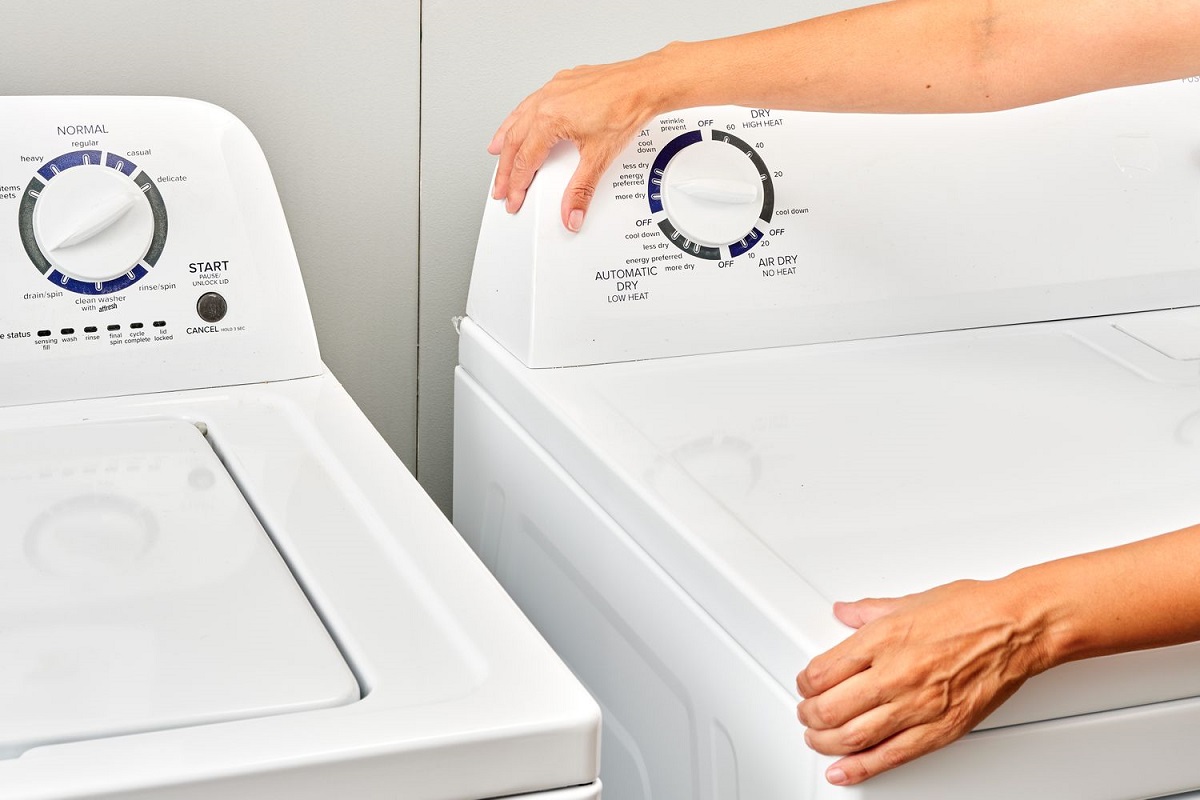
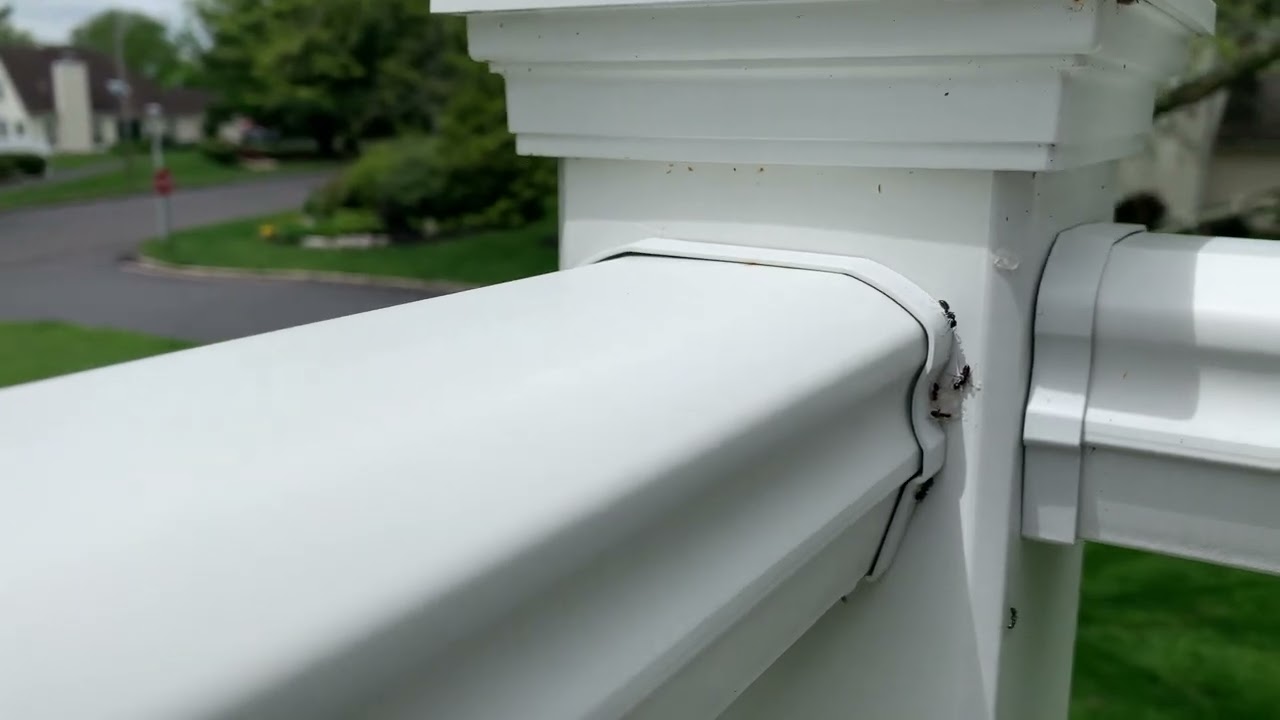

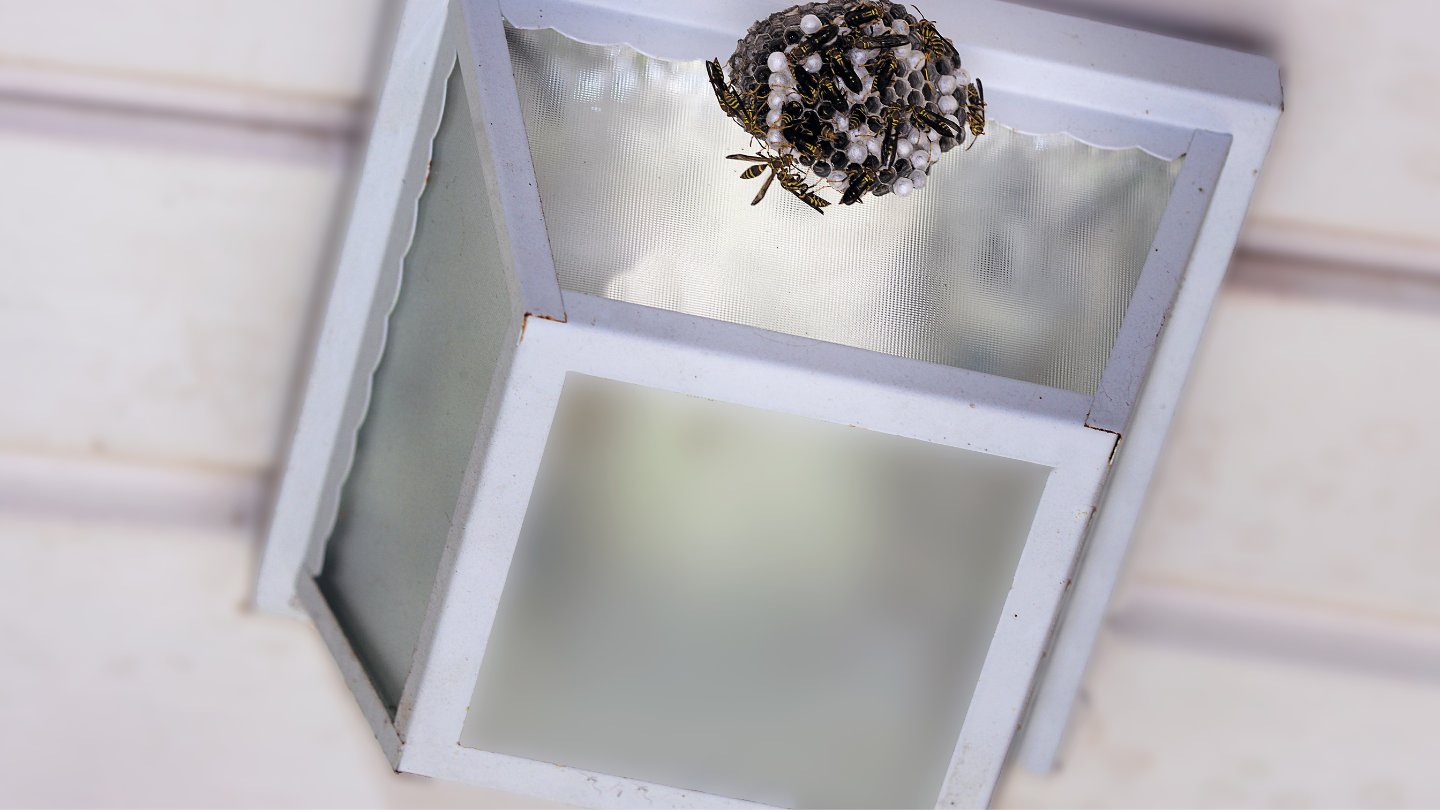

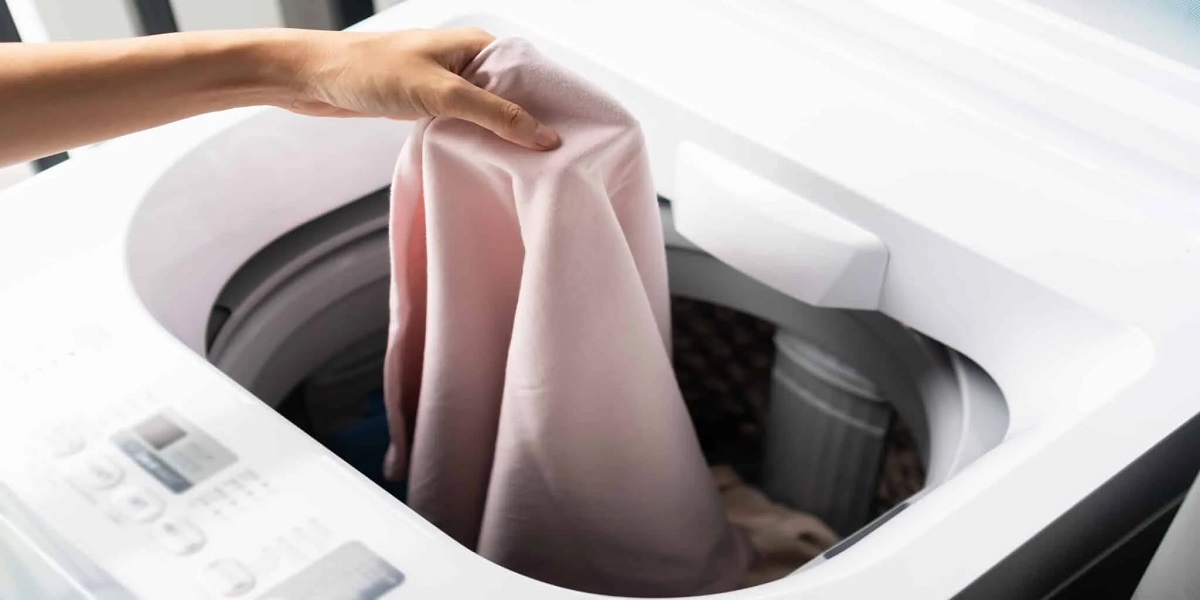
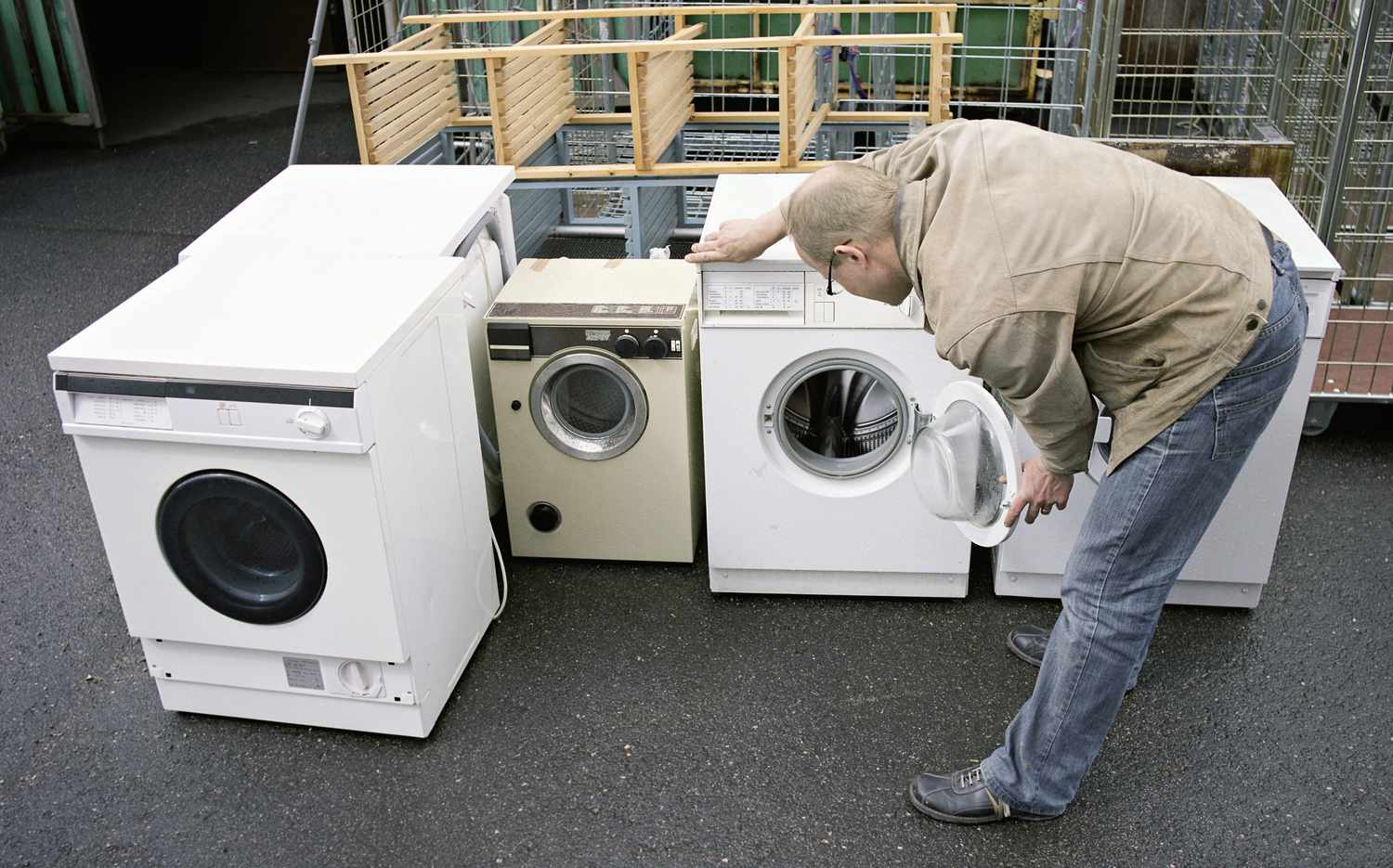

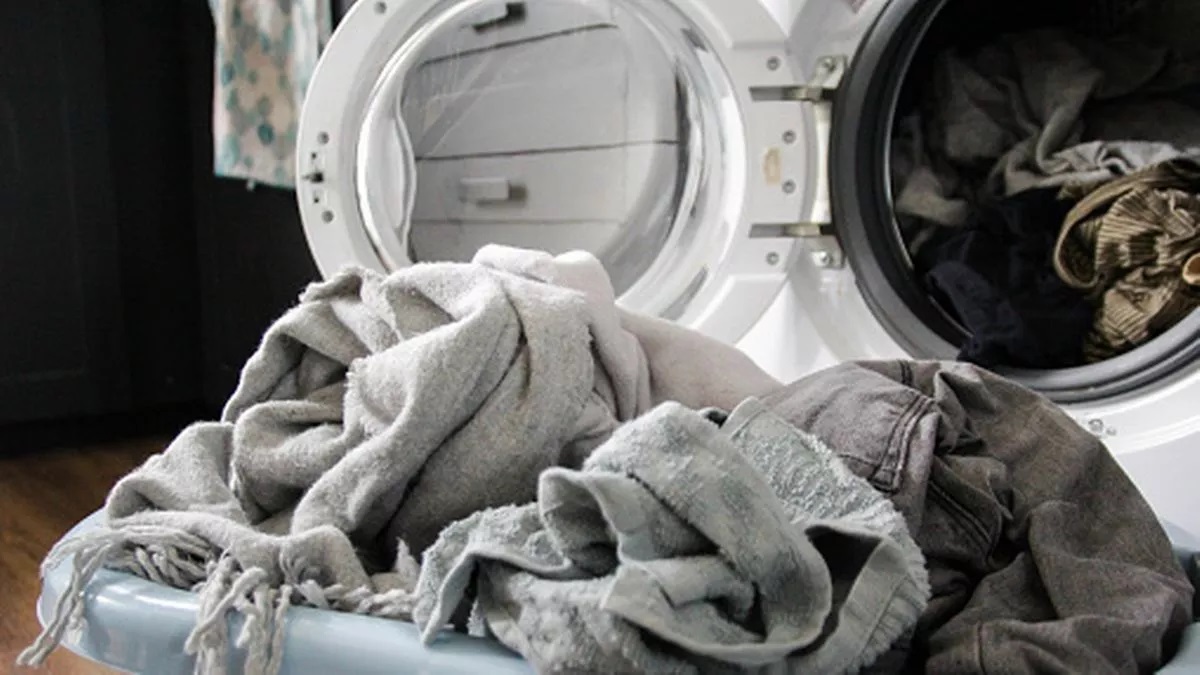


0 thoughts on “How To Get Rid Of Suds In Front-Loading Washer”